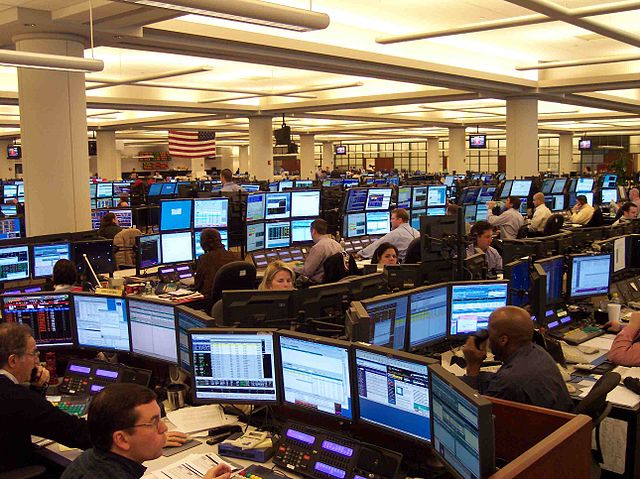Day trading can be extremely profitable for some traders. However, these day traders must also take in consideration the costs incurred in this trading activity, so that they can manage their profits well.
Most strategies used by day traders need state-of-the-art software and systems. Most of these systems can cost at least $45,000. Because more and more individuals have joined the trading bandwagon, there are now strategies being offered for $5,000. A lot of day traders also use different computer devices to place their orders. There are traders who also take advantage of a filtering software program, which can send financial instrument symbols to the screen when they meet the preset criteria in real time. There are also day traders who use tools provided by chat rooms and forums.
Discount brokers aren’t used by day traders due to slower trade executions. They charge higher commissions and usually trade against the flow of orders. Day traders deal with direct-access brokers because the former can place their orders directly to the electronic communication networks for faster transaction speed and better trade prices. Day traders outside of the United States of America often take advantage of CFD for similar reasons.
Direct-access brokers charge commissions based on volume. Therefore, if the day trader wants to pay less commission, then he has to trade more shares. In general, a day trader pays $5 for a complete transaction. A retail broker often charges at least $7. A direct-access broker charges as low as $0.0002 per traded share. He charges $0.25 per contract of futures. A scalper has to pay the commission even if he gained a minimal profit from a transaction. Some brokers pro-rate the charges and commissions, depending on the volume traded. However, there are brokers who charge a flat rate.
The bid-ask spread is the difference between the two prices. Most market makers use this spread. The ask price is the execution price for quick buyers while the bid price is the price for quick sellers. When a transaction is executed at a quoted price, a trade which is closed immediately can make the trader suffer losses. The reason behind this is that the bid price is always below the ask price. This spread can be seen as a trading cost or bonus by different techniques and various entities. However, if the trader doesn’t want to wait for his orders, then he has to pay the cost of the spread. If he wants to queue his orders, then he receives the bonus through the spread.
Day traders rely on market data. Although there are sources offering free market data, they are often delayed by a few minutes or even hours. Pattern Day Trader pay a fee for real time market data. Although the fees are relatively low compared to other trading costs, they can be waived for traders who meet the required minimum volume of trade per month. Some brokers also offer promotions waiving the fees. Day traders also buy advanced data, charting software, and complicated analysis. This helps them earn profit in day trading.
Featured image commons.wikimedia.org/wiki/File:A1_Houston_Office_Oil_Traders_on_Monday.jpg



